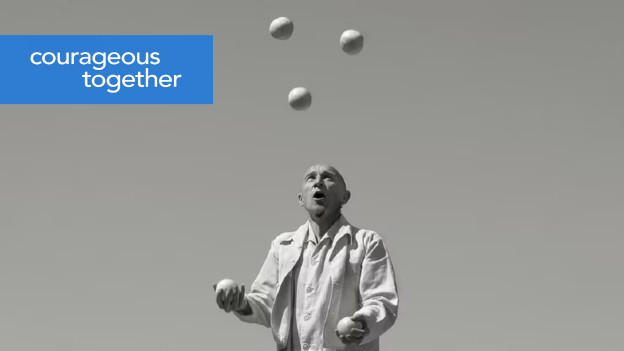
Requests for funding and support are about to pour into corporate giving and foundation teams across the country as immediate community needs skyrocket due to anticipated federal budget cuts. With billions of dollars being cut from feeding, housing, education, transportation, health, environment, arts, and other essential community programs, nonprofits and the families they serve are at increasing risk.
How should corporate giving teams prepare for when federal cuts in social services hit their local communities. There is no need to become overwhelmed, act now.
First, it is essential to stay focused on advancing your company’s current social impact strategy. It is a time to protect, not to cut, signature programs and partnerships that are working hard and delivering social, business, and reputational impact. It’s time to get creative. If possible, refresh existing and create new signature initiatives closely aligned with business and societal outcomes.
At the same time, now is the moment to set aside temporary rapid response community relief funds within your corporate giving and foundation budgets to respond to the anticipated decrease in federal spending and the increase in requests from nonprofit organizations. Expect to receive a deluge of highly compelling and emotional requests for support. In fact, some asks may be so strong that you feel you can’t say no. Don’t wait! Here are 8 actions we should start today:
1. Get ahead of the crisis – Avoid putting your current priority programs and partnership commitments in jeopardy of funding cuts. Anticipate that new, unsolicited funding requests are imminent. Set aside unallocated funds and begin to craft an internal request for incremental assets as needed.
2. Give executives the response messages now – Don’t put your CEO and senior executives in the tough position of having to say “no,” or worse feel trapped into committing resources you don’t have. As soon as possible, give them talking points about where to channel requests for funding and how the company intends to respond.
3. Position funds as temporary and crisis-driven – Consider the funds as a response to urgent needs, yet simultaneously send a message that you are not making radical shifts in your community giving approaches. Consider these resources as similar to those allocated for natural and humanitarian disaster responses. Emphasize grants as “bridge” versus long-term funding.
4. Develop clear giving criteria and decision-making processes – Treat resources allocated to this crisis as the valuable and limited assets they are. Establish firm and strategic criteria for their purpose and use. Keep in mind that it may be necessary to adopt a “triage” approach prioritizing funding that truly saves lives or organizations versus just closes deficits and gaps. Keep your decision-makers informed and use the criteria to prepare them for the tough choices they may need to make in the year ahead.
5. Act beyond dollars – Develop a list of corporate assets beyond funding you can provide to address upcoming needs. Consider how to stimulate your convening power, employee expertise, and social networks, among other resources. Look for ways to activate what you do best as a company.
6. Collect data and stories of impact– Bring internal and external stakeholders and decision-makers on the journey with regular updates. Share challenges and success supported by human-impact and data-rich storytelling.
7. Think outside the box – Use this moment to think differently, moving beyond “this is how we’ve always done it.” Apply learnings developed during the COVID crisis and approach today’s challenge with an innovation-mindset. New solutions to age-old problems are certainly needed.
8. Be Courageous Together – Don’t go it alone. Finding internal and external allies to guide and collaborate is invaluable, especially during challenging times. Don’t retreat, engage with others.
One thing is certain, the months ahead will bring intense challenges for neighbors and others in our communities. During extraordinary times like these, we have opportunities – both big and small – to drive impact.
